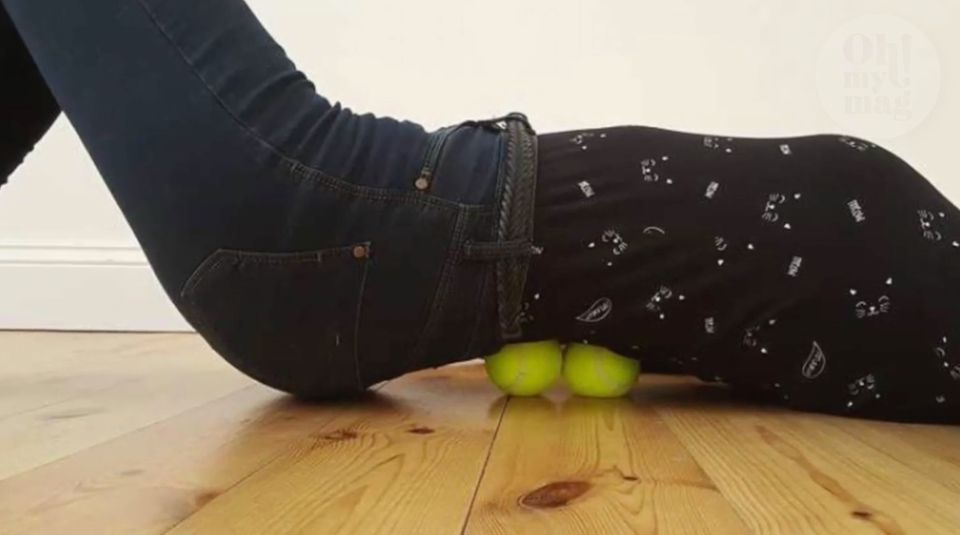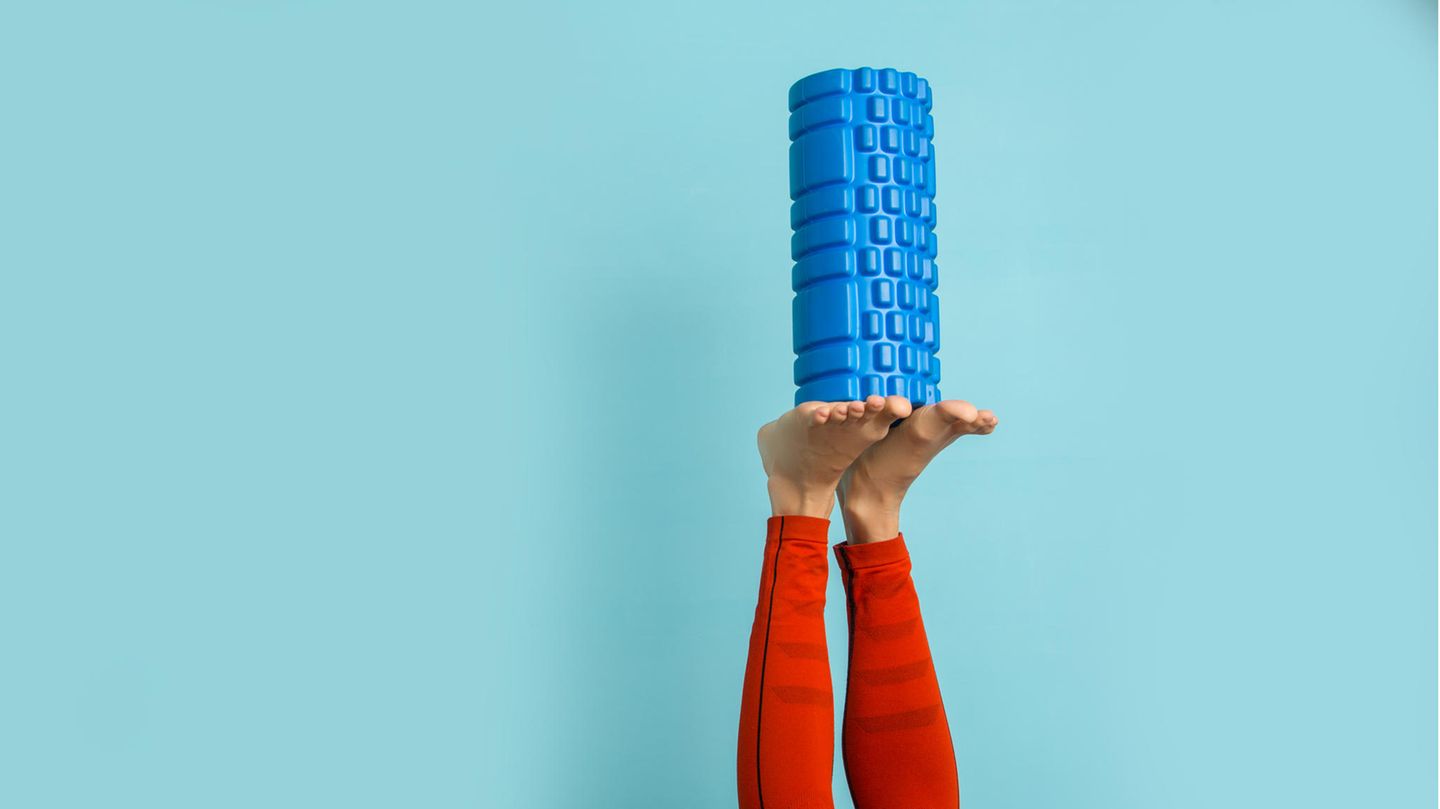Fascia massages are a trend topic. Training with fascia rolls and balls is said to have numerous advantages for muscles, connective tissue and regeneration. But what’s behind the training and how much does it really bring?
You can now find them in every fitness studio, in sports shops or even in the supermarket: fascia rolls and balls, as well as books and DVDs on the subject of fascia. The promise is big: fascia training should strengthen the entire body, accelerate the regeneration of muscles and even counteract cellulite. The result: less pain, more mobility and an all-round improved sense of wellbeing. But what can the training really do?
Origin of fascia training
The term fascia is new, but the meaning behind it is not. So far, the fascia was considered to be connective tissue. But what are fasciae actually and what functions do they have in our body?
The International Fascia Research Society describes the part of connective tissue called fascia as “a sheath, layer, or other collapsible collection of connective tissue that forms under the skin to attach, enclose and separate muscles and other internal organs” . Accordingly, they provide stability and support, support organs and muscles during abrupt movements and jumps. They also store around a quarter of the body’s water and supply cells and organs with food. The connective tissue structure itself even contains defense and lymph cells, as well as numerous pain receptors that can send signals directly to the brain.
Internal organs can be part of the pain chain
Even internal organs are part of the fascia pain chain. The liver is connected to the chest via the diaphragm and attached to the thoracic spine. If the tissue there is twisted and stuck together, this can lead to problems. In addition, stomach, bladder and intestinal complaints can be traced back to twisted fasciae.
But that’s not all. Due to their shear grid-like structure made of collagen fibers, fasciae are tear-resistant and elastic, and are light as a feather. Muscle contractions and mechanical power transmission take place without any problems.
Sticky fasciae can show up in the form of pain, tension and sore muscles
If the fasciae stick together due to living conditions such as persistent stress, age, injuries or lack of training, the exchange of tissue fluid stalls. Accordingly, waste products such as inflammatory messengers or lactic acid are not sufficiently broken down. To prevent this from happening, they should be moved regularly.
The connective tissue can be activated with the help of special exercises. Numerous manufacturers produce special fascia rolls and balls and DVDs for instructions. In the meantime, fascia massages are even offered by physiotherapists. However, it has been shown that an isolated training of the connective tissue is not possible.
Fasciae benefit from almost any type of movement
“Whenever I move, I train muscles and fasciae together,” says Dr. Jan Wilke, who researches fascia at the Institute for Sports Science at the Goethe University in Frankfurt, opposite the “Apotheken-Umschau”.
Slightly springy to explosively dynamic movements such as hopping, jumping and swinging are stimuli and would stimulate the fascia particularly well. A positive effect on the connective tissue could also be found in the use of the fascia roll.
Wrong fascia massage can cause damage
But be careful: If you use the appropriate aids for fascia massage incorrectly, the entire venous return flow will be interrupted when the calf is rolled out. This prevents blood from being transported from the leg to the upper half of the body. It is still unclear whether this can even damage the venous valves. Beginners should therefore seek advice from a physiotherapist or fascia trainer.
In general, one can say that effective fascia training is made up of three components: Resilient movements such as jumps activate the networking of the fascia. Long-chain stretches should also be part of regular training. The targeted massage with, for example, a fascia roller also promotes blood flow to the individual parts of the body and stimulates the connective tissue.

What is the effect of correctly performed fascia training?
If the fasciae are properly stimulated, moved and loosened, old tissue water can be removed. Fresh liquid can then flow in, thus stimulating the exchange of nutrients within the connective tissue. According to studies, flexibility is also increased, tension and sore muscles are reduced and regeneration is accelerated. In addition, regular fascia training can counteract cellulite.
Conclusion: If done correctly and continuously, fascia training can bring numerous benefits for muscles, tissues and wellbeing. In addition to fascia training, however, regular exercise behavior is the key to success. Accordingly, the connective tissue benefits primarily from jumping exercises and long-chain stretching. In any case, when using a fascia roll and Co., it is important to ensure that it is carried out correctly in order to achieve the best possible effect.
Sources: , , ,




